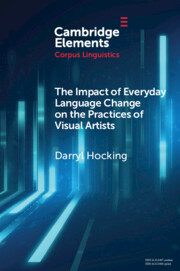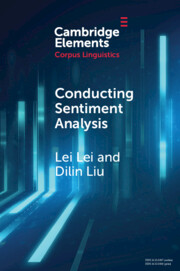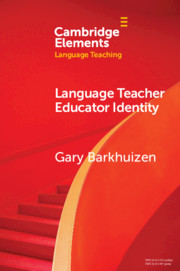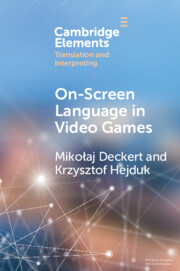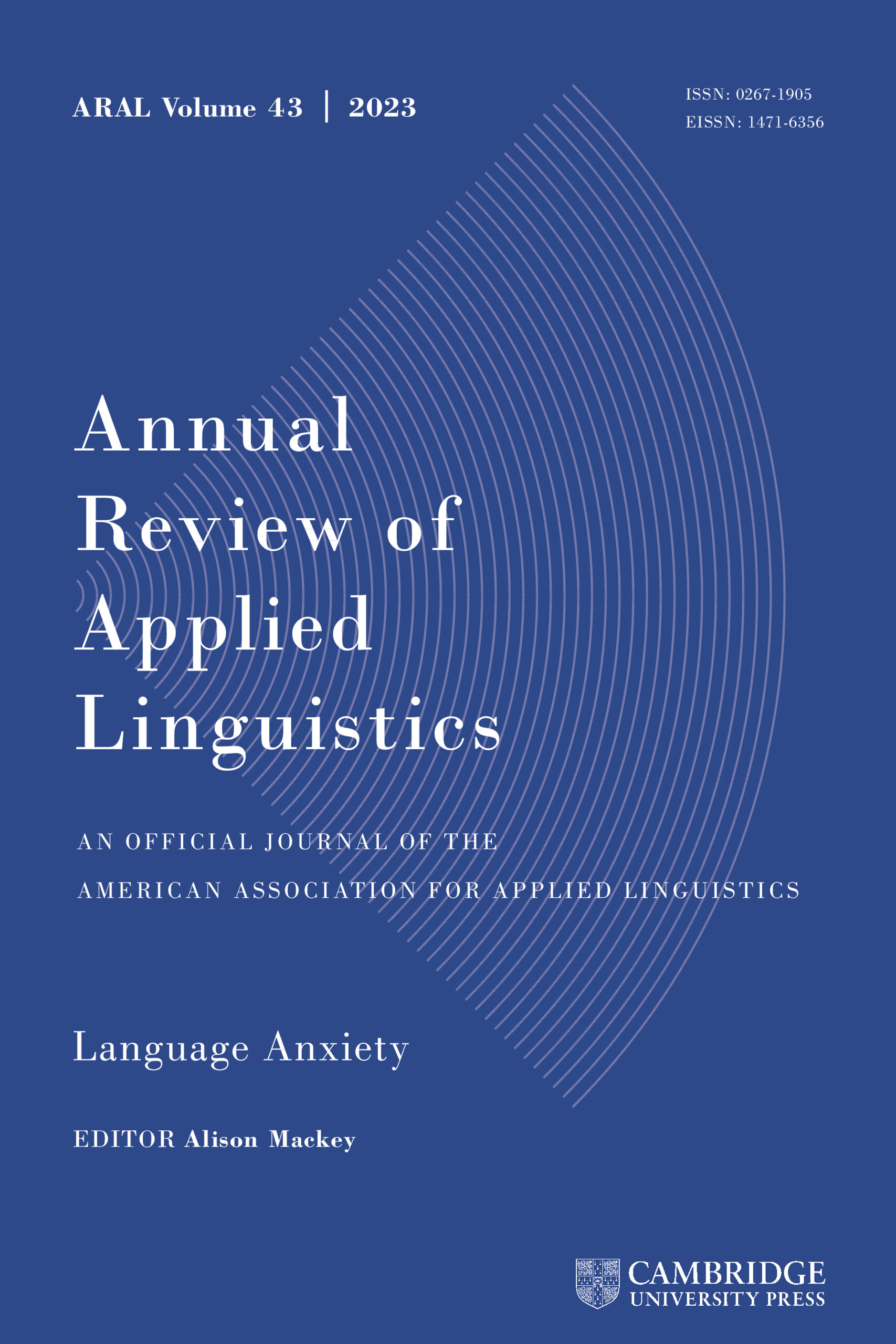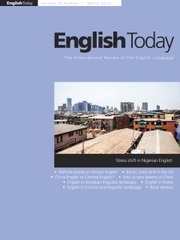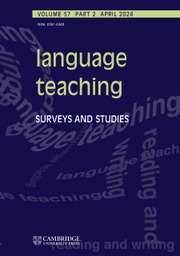The Impact of Everyday Language Change on the Practices of Visual Artists
The practices of visual artists can never be decontextualised from language. Firstly, artists are constantly in dialogue with their peers, dealers, critics, and audiences about their creative activities and these interactions impact on the work they produce. Secondly, artists' conceptualisations of what artistic practice encompasses are always shaped by wider social discourses. These discourses, however, and their manifestation in the language of everyday life are subject to continual change, and potentially reshape the way that artists conceptualise their practices. Using a 235,000-word diachronic corpus developed from artists' interviews and statements, this Element investigates shifts in artists' use of language to conceptualise their art practice from 1950 to 2019. It then compares these shifts to see if they align with changes in the wider English lexicon and whether there might be a relationship between everyday language change and the aesthetic and conceptual developments that take place in the art world.
Reviews & endorsements
'… this book is an eye-opener. It investigates the relationship between language and visual arts through a diachronic and corpus-based analysis. This book will be helpful for those who want to integrate language and artistic change. It is also useful for postgraduate students and researchers who wish to use the MD-CADS approach in their own research.' Qiuying Zhao, International Journal of Communication
Product details
May 2022Paperback
9781009225731
75 pages
230 × 152 × 4 mm
0.15kg
Available
Table of Contents
- 1. Introduction
- 2. Methods
- 3. Changing Trends in Artists' Conceptualisation of their Creative Practices
- 4. Comparison with the Wider English Lexicon
- 5. Discussion.

